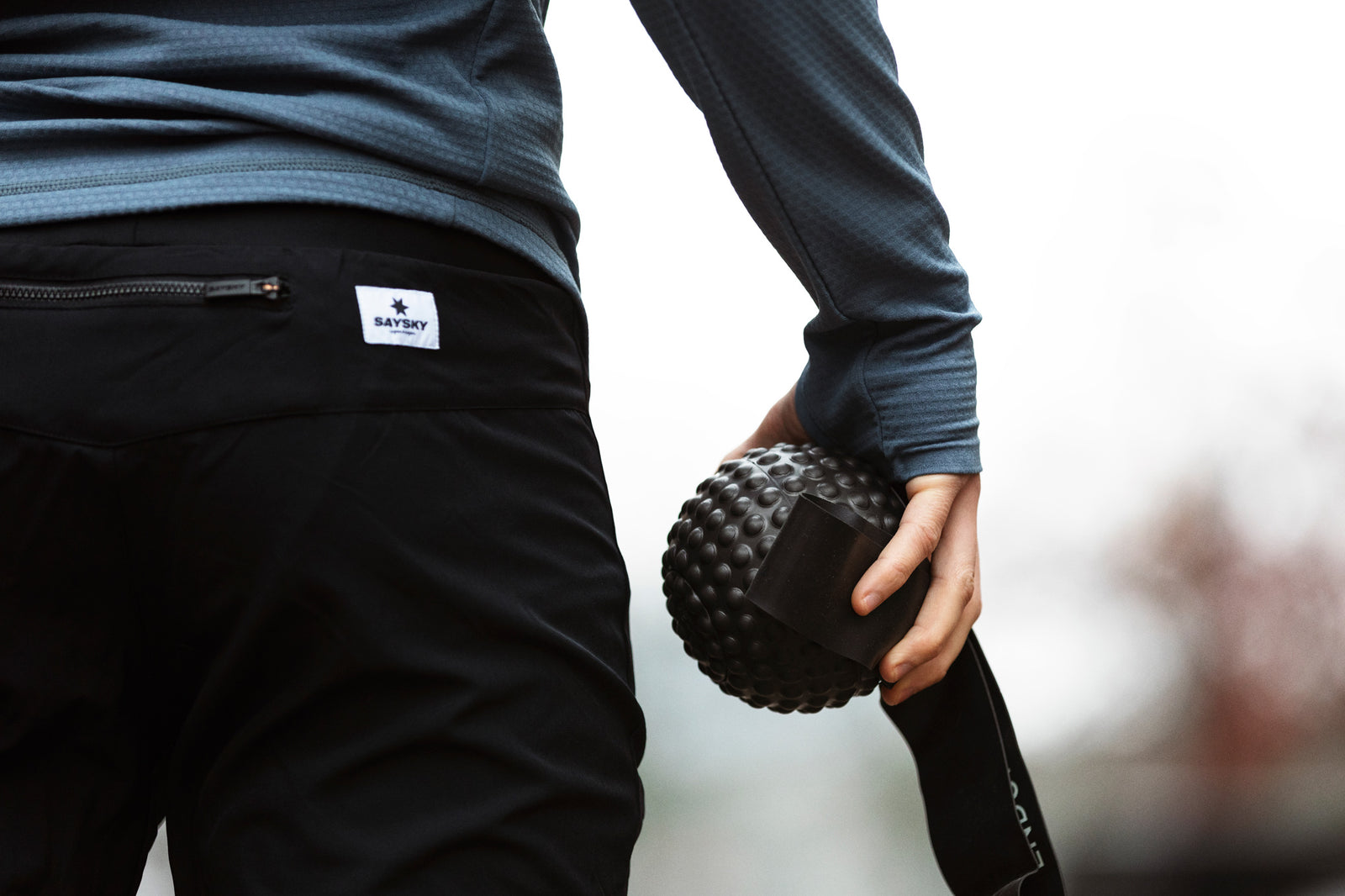
Part 1: Running Recovery Tips & Tricks
Recovery and rest are crucial parts of any exercise and training programme. After stressing the body for a significant amount of time, we need to take care of it. However, this part is often the one that we miss out on. No matter if you are an elite athlete, weekend-warrior or a gym-goer, you need to consider your recovery - especially if you want to get faster, stronger or fitter.
Running Recovery: Tips, Tricks and Nutrition
SAYSKY is here to give advice and we have decided to take you through a series of the best recovery tips & tricks. We have divided the series into two parts:
- Part I: Recovery - Tips and Tricks
- Part II: Recovery - Nutrition
We will kick-start the first one with simple tips and best practises for you to apply into your training routine. You will find the guide below the picture.
While you are at it, we strongly recommend you to read through our other guides where you can find tips on training and motivational advice, amongst others.

1. Stretch it out
It comes without saying that stretching is very important after any workout. Many athletes often forget this part, but stretching will increase your range of motion and flexibility. It promotes fluid movement throughout the body, and will help decrease soreness and minimize the risk of injuries.
You can add different stretches to your warm-up and cool-down programme. Where dynamic stretches are good for warm-up, you should apply static stretches for your cool-down.
Dynamic stretches are movements that prepare your muscles, ligaments and other soft tissues for performance and safety. These could be leg-swings, walking lunges etc. Static stretches are those where you will stand, sit or lie down and hold the motion still for a period of time (up to 45 seconds). Static stretches could be hamstring stretches, quadriceps stretch, hip stretches and many others.
2. Massage
Sort of building on the above, massage is another great way to treat the body right. Self-massage, such as foam rolling is excellent to release muscle tightness or trigger points.
Applying pressure to specific points on your body will make you able to kick in the recovery of your muscles and will assist in making your muscles elastic and healthy again. Ultimately, foam rolling will make you ready for your next workout.
A proper massage at a sports-therapist can likely decrease muscle soreness and tired legs. Although this is a more expensive solution, it can definitely be worth it in the longer term.
3. Active recovery
A tip that might seem strange and unnecessary for most recreational runners - is to recovery actively. Even though complete rest is very important, active recovery of low-intensity exercise after a heavy workout might help you recover even better.
Active recovery could be a walk, an easy bike ride or session on the cross trainer. These will help reduce the buildup of lactic acid in the muscles, and will help minimise the stiffness and discomfort after a heavy interval session. Besides minimising stiffness, it also promotes blood flow to your joints and muscles - which ultimately will help decrease inflammation.
However, don't over-do your active recovery. It shouldn't be perceived as a workout itself, but more as a way to maintain heart rate and help your endurance.
4. Sleep like a baby
Like the above mentioned recovery tricks, sleep is another one that often is overlooked by athletes.
Exercise causes tiny tears in our muscles fibers and our bodies responds by rebuilding muscles to cope better next time. Human growth hormone (the protein produced in the body), plays an important role here to repair tissues, including our muscles. This hormone is released during sleep, and therefore sleep is vital to any athlete out there.
This mean that if sleep is cut short, the body doesn't have the time to repair memory and release stress hormones. Less sleep will therefore increase the possibility of fatigue and thereby the change of getting injured over time.
Getting between 7-9 hours a sleep per night will help you become faster, will increase your intensity workouts, give you more energy and help repair your tissues and muscles.
5. Hydrate, hydrate, hydrate
Recovering from a workout is often more important than the workout itself. One of the most overlooked and fundamental post workout recovery tricks is hydration. Hydration could be the missing link in unlocking optimal performance and boost recovery.
The breaking down of muscle protein synthesis during exercise, requires well-hydration afterwards. If you are dehydrated after a workout, the protein synthesis that rebuilds the muscles will be slowed down and will ultimately delay your recovery. This is also commonly know as fatigue - the sign of dehydration.
As you sweat during a workout, the body drains its water reserves. You should therefore drink water throughout the day, and especially lots of water after a workout. You can also make usage of sportsdrink with added electrolytes, such as magnesium, potassium etc. to boost your recovery. If your workout has been very tough, try to add protein into your hydration as well, like a protein shake or something similar.
6. Nutrition
In line with hydration, refuelling is very important for boosting your recovery as well. To refuel properly is a topic that we think is very important. So important that we decided to make this our second part of our Recovery series. Read it here.
Still eager to read more from SAYSKY? Head over to our journal to get the latest news, stories and tips.
